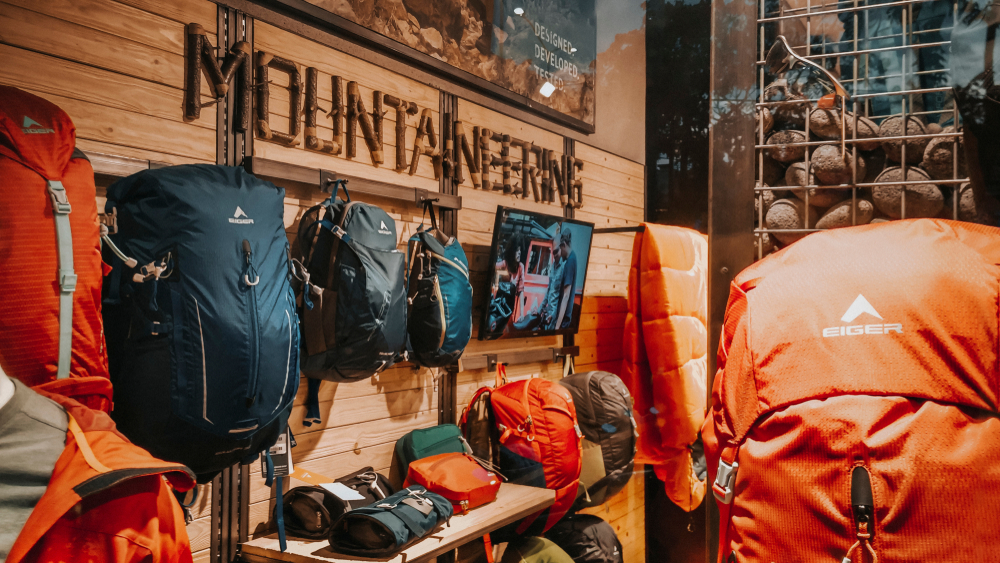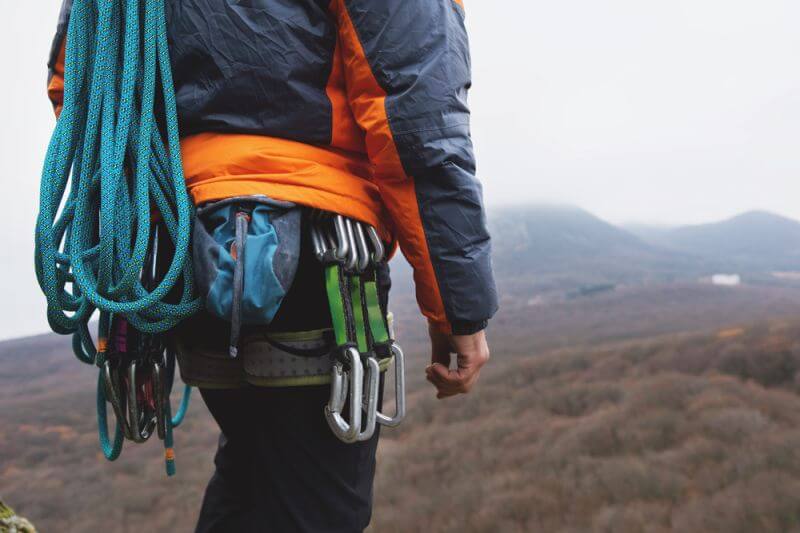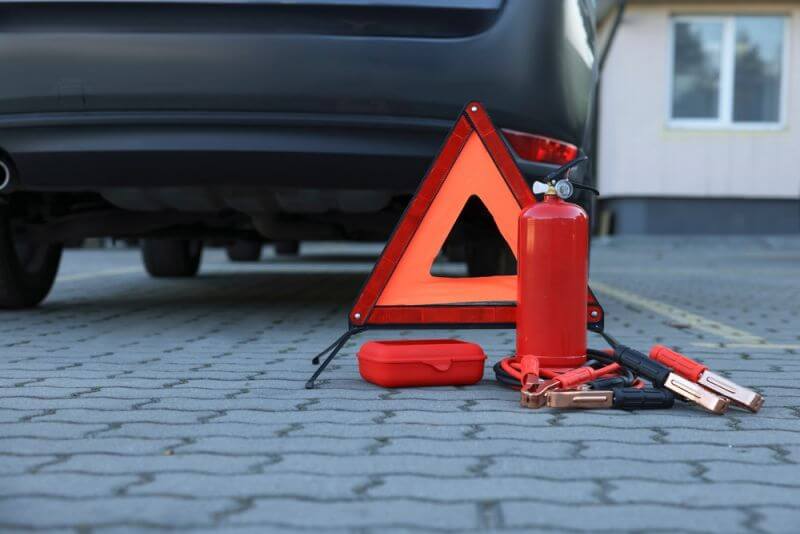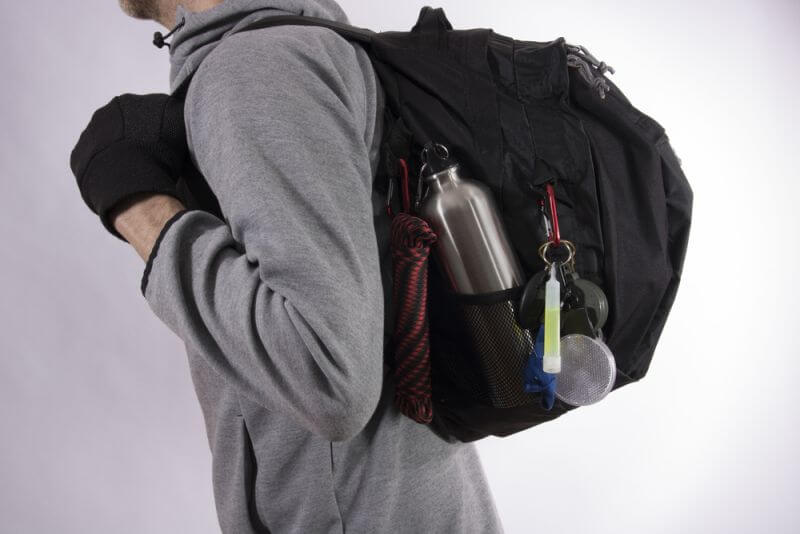Being a survivalist, and preparing for an SHTF scenario, means a lot of preparation and shopping. You need to have enough food, water, supplies, weapons, and ammo to survive if going to the grocery store — or relying on organized government — isn’t an option anymore. Even the most basic survivalist setup will take up a lot of space.
Whether you’re just starting your collection of survival gear and supplies, or you’re tired of tripping over bags of flour and other dry goods, here is the optimal way to store your survival gear.
What You Need to Survive
If you’re starting as a survivalist, trying to figure out everything you need to store can be an intimidating task, so we’re going to break it down to basics for you. The exact details will vary depending on your needs, but in general, when you’re setting up a basic survival kit, you’re going to need:
- Food
- Water
- Medical Supplies
- Flashlights
- Batteries
- Pet Supplies (if there’s a pet in the house)
- Baby Supplies (if there’s a baby in the house)
- Clothes
We could go on. The point is that when you’re setting up a survival gear cache, you need to ensure that you’ll have everything that you need to survive without the support of your local grocery or department store.
The Enemies of Long-Term Storage
Long-term storage is possible for most survival supplies and dry goods, but there are a few things that you need to keep in mind that you’ll need to avoid.
The most common enemies of long-term storage are water, oxygen, temperature, light, and pests. Time is also a problem, but we’ll talk about that more in a moment. The only way to store most dry goods for long periods is to keep them in containers free from moisture, oxygen, and light.
Moisture encourages mold and mildew to grow, easily destroying an entire container of flour or other dry foods. Oxygen stimulates oxidation, which can damage foods and make them less nutritious. Light, especially sunlight, can have the same effect.
Keeping your survival supplies in areas prone to extreme temperature shifts, such as outdoors in a shed or even in a garage that isn’t part of your home’s HVAC system, can encourage dangerous bacterial growth that could make the food unsafe to consume.
Finally, we have pests to contend with. Insects and rodents love an excellent survival stash because they’re usually warm, safe, and full of food. Using hard to breach storage containers, vacuum-sealing your food-stuffs, and constantly monitoring your space for signs of these pests can help preserve your survival gear.
Live by FIFO
While the goal of setting up a survival supply cache is to ensure that you have plenty of food, water, and tools to stay alive, that doesn’t mean that you need to put it all in a dark corner and forget about it. Time is the last enemy of long-term storage, and even the best-stored dry goods or supplies will expire over time. That is where the practice of first-in-first-out or FIFO(first in, first out) comes into play.
Keep a close eye on your inventory and use things as they approach their expiration date, replacing them with newer versions of the same items. Rotating your inventory and living by FIFO will help ensure that your supplies will last as long as possible if things go wrong and suddenly you’re not able to replace them anymore.
Focus on Organization
When you’re dealing with enough food, water, and other supplies to last you for months, you will find yourself in possession of vast quantities of items that can easily collapse into an avalanche of dry goods and bottled water. It’s easy to get overwhelmed and give up organizing your space, but that has its negatives.
For one, you won’t be able to accurately keep track of everything you already have, including expiration dates. This can make FIFO impossible and could leave you with a bunch of spoiled food when you need it the most.
If you’ve got piles of canned goods sitting on the floor, it’s also going to make it more challenging to ensure that you have enough space for everything. Focus on organization. You don’t need an itemized list — though it can be helpful — keeping everything organized will make it easier for you to keep track of your survival gear in the long run.
Install Vertical Storage
We tend to think of storage space in terms of square footage when we should start looking up. There is a lot of vertical space in the average garage, and most of it is underutilized or simply ignored in favor of setting things up on the floor. Vertical storage can make an enormous difference, especially if you have large or awkwardly shaped items that won’t fit easily on a shelf or in a closet.
Hooks can handle bikes, tools, or other similar pieces on the walls. You can also install rails on the ceiling — bolted to the studs in the ceiling — for holding up totes or other equipment that you would rather keep off the floor. Make sure you’re using your space as efficiently as possible.
Adding Climate Control
Remember those enemies of long-term storage? Things like temperature and humidity can be difficult to manage if you’re turning your garage into survival storage shed. Instead of fighting with humidifiers and dehumidifiers, heaters, and air conditioners, consider simply connecting your garage to your home’s already existing HVAC system.
This is more complex than just adding a few extra feet of ducting and a new vent in the ceiling. You’ll want to make sure that you insulate the garage — since most garages aren’t designed to be protected because they’re not climate controlled — and sealed to prevent you from bleeding cold air in the summer and warmth in the winter.
If you’re building a new house to use as a survival shelter, you can add all of these features from the ground up, so the modifications you’ll need will be minimal.
Upgrade Your Flooring
The standard concrete slab that you find in most garages is sufficient if all you’re using it for is storing your vehicle, but if you’re opting for more long-term storage options, upgrading the slab should be on your itinerary.
This isn’t to say that you need to tear out the existing cement and replace it with something new, but sealing the concrete can help regulate moisture that might seep up from underground, prevent pests from digging their way through, and help to protect your space in the event of spills.
Opt for epoxy or polyaspartic coating to protect your existing flooring. They’re easy to apply, as long as your garage is empty. In many cases, this is a project that you can do on your own, without any professional assistance.
Get Rid of Trash
Even if the world ends, there is no way to avoid generating waste, including trash. You’re going to need a plan in place to help you manage the waste your household generates if things go pear-shaped. Keeping your trash in the house or even nearby can encourage pests to seek out your survival gear and supplies. Create a plan now for how you’re going to handle trash and how you’re going to dispose of waste.
This isn’t to discourage you from saving organic or food waste and using it for composting. This is an essential part of homesteading and will be vital if you’re planning to grow your food since taking a trip to the store for commercial fertilizer won’t be an option anymore.
It’s a good idea to keep your compost away from the house, preferably near your garden, so you can quickly dispose of sound waste while preventing it from attracting pests to your home.
Categorize Everything Carefully
We said you didn’t necessarily need an itemized list of everything you have in your survival supplies, but that doesn’t mean that you shouldn’t create one if you’re serious about making the most of your cache.
This is a skill that you should cultivate when you begin to build your survival supplies. That way, you’ve got a list of everything you have on hand and everything that you need to acquire to ensure that your supply cache will keep you alive, no matter how the world ends.
While a digital file can be useful, rely on an Excel spreadsheet. If the end of the world includes an EMP or a grid failure, anything you have saved on your computer won’t be accessible anymore. A manual inventory might take some more time, but you’ll still be able to use it if the power goes out.
Be Ready for Any Survival Situation
A lot goes into creating a survival gear cache that will help to keep you alive. The point here isn’t to spend all your waking hours categorizing canned goods and polishing your guns. It’s to store everything so efficiently that you know what you have and where it is at any given moment without ever having to step into your storage space.
Be aware of the enemies of long-term storage, organize everything as carefully as possible, and make sure that you’re ready for any survival situation that the universe might throw at you.










Elizabeth Lombardi | January 25, 2022
|
Good article, I think you mean don’t rely on an Excel spreadsheet though. I will say doing it that way but printing it anytime you have updates could work to save some labor and give you a hard copy.
Lori Brown Archey | February 3, 2022
|
What can I do to prepare for my dogs food-wise?